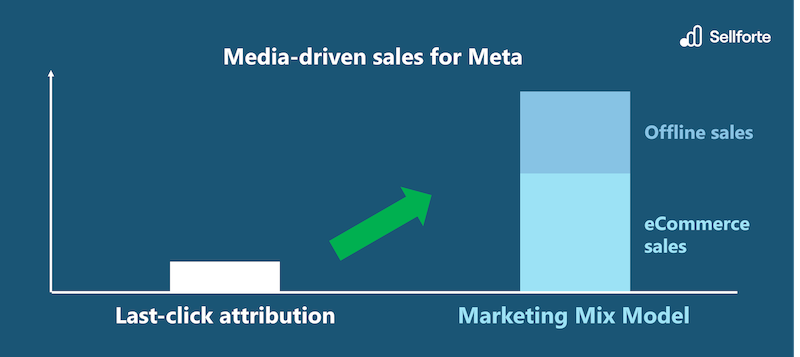Will performance marketers benefit from MMM?
Performance marketing (which is a funny term—shouldn’t all marketing aim to perform?) usually refers to channels like Pay-Per-Click (PPC), Search Engine Advertising (SEA), Search Engine Optimization (SEO), Social Media Advertising, Affiliates, Email Marketing, Influencer Marketing, and Display Advertising.
Given that performance marketers excel in measurement and analytics, it’s worth examining how Marketing Mix Modeling (MMM) might fit within this domain and whether these two approaches can work hand in hand as the marketing landscape evolves.
Just a few years ago, the prevailing opinion was that MMM offered little value for performance marketing. However, perspectives have since shifted—both from industry players and vendors alike. Let’s explore how and why these changes are reshaping the potential synergy between MMM and performance marketing.
Changes in the industry and vendors
Many other web browsers, i.e., Firefox, have been blocking third-party cookies for years now, but that hasn’t created any significant changes in the industry, as Google Chrome is the main browser with their close to 70% market share.
Due to the fact that only now Google is planning to phase out third-party cookies, marketers are waking up to this reality that their measurement tactics focusing on click-based attribution (MTA, for example) will be useless in this environment.
Simultaneously, is rising like a Phoenix bird from the ashes, as vendors who believed in and invested in this methodology have moved from one-time projects to continuously updating MMM offerings and developing dashboards to view the results. Concurrently, tech giants like Google and Meta have been developing their own MMM feeds to provide even richer data for modeling, and companies are increasingly using data connectors like Supermetrics, Funnel, and Fivetran to gather their media data. We have a comparison between Robyn vs Lightweight vs Marketing Mix Modeling SaaS ready for you.
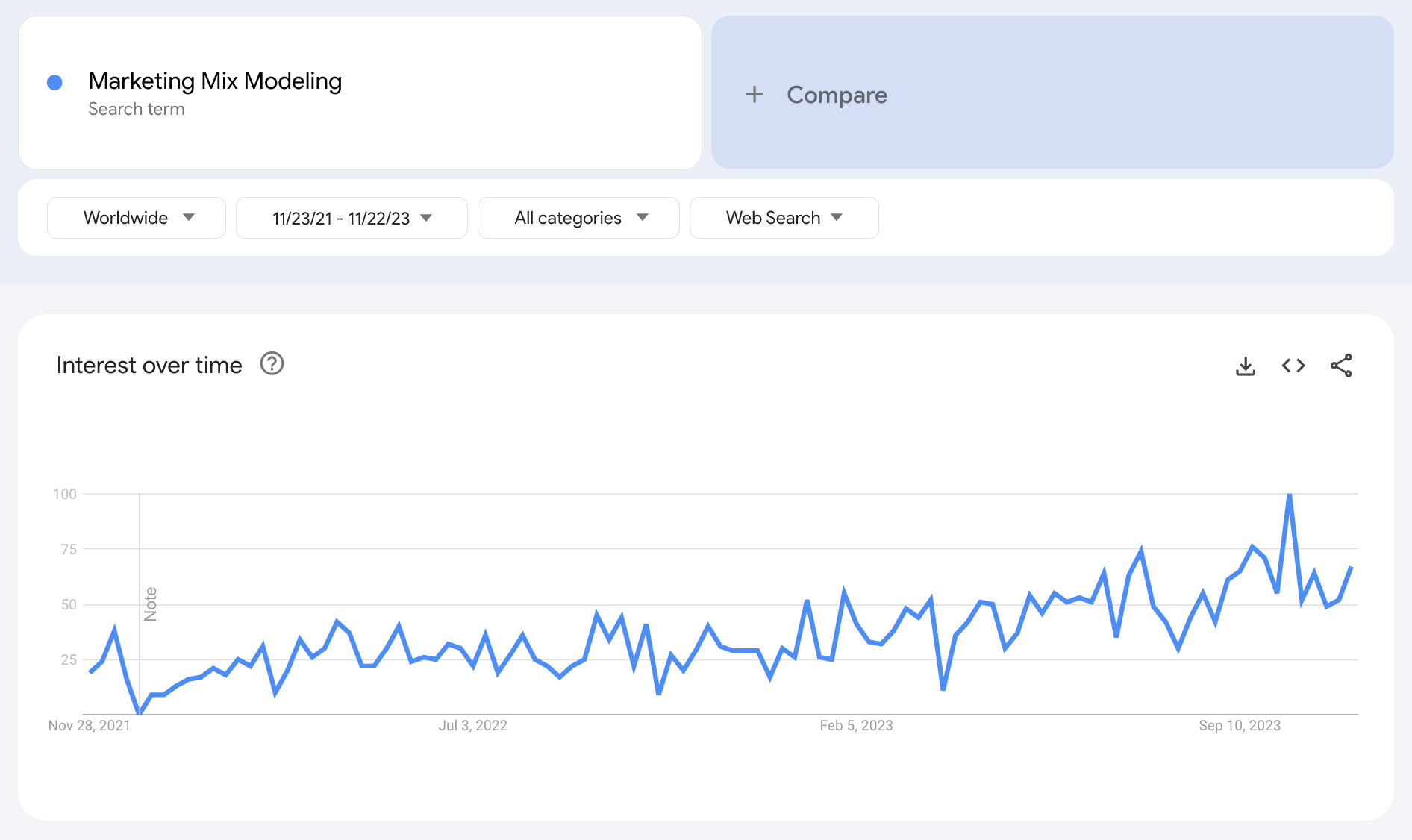
These changes have transformed MMM from a decades-old approach, once trusted by only a few and focused on media group-level ROI, into a tool that now allows daily updates for optimizing specific channels, like Google Search investments. It shows that sometimes, changes driven by privacy concerns can lead to even better outcomes.
Don’t measure the goal scorer, but the contribution of the team
The main problem with click-based attribution, especially the last-click attribution, is that it tries to credit the conversion to a certain medium, like Google or Meta, and the most likely result is that both mediums have been part of this “goal scoring”. The problem appears when you go to each ad platform's analytics, where they both might give themselves credit for the conversion.
Multi-Touch Attribution, or MTA, does a good job of giving credit to each “player” involved in a conversion. But with third-party cookies on their way out, MTA won’t work as well since we’ll lose the ability to track people’s paths across different digital channels.
MMM will essentially do the same thing that MTA did—attributing the goal to each player—but it also has two other superpowers that didn’t exist in the MTA era: baselines and response curves.
- The baseline will answer your question: Would this conversion have happened anyway, or was it due to my media investment?
- Response curves will answer your question: Am I under-investing in this medium, or have I reached a saturation point?
This gives performance marketers the confidence to have tough discussions with CFOs about the right media investments, as these will be backed by their own data, along with baseline elements (brand-driven sales) and response curves (media saturation).
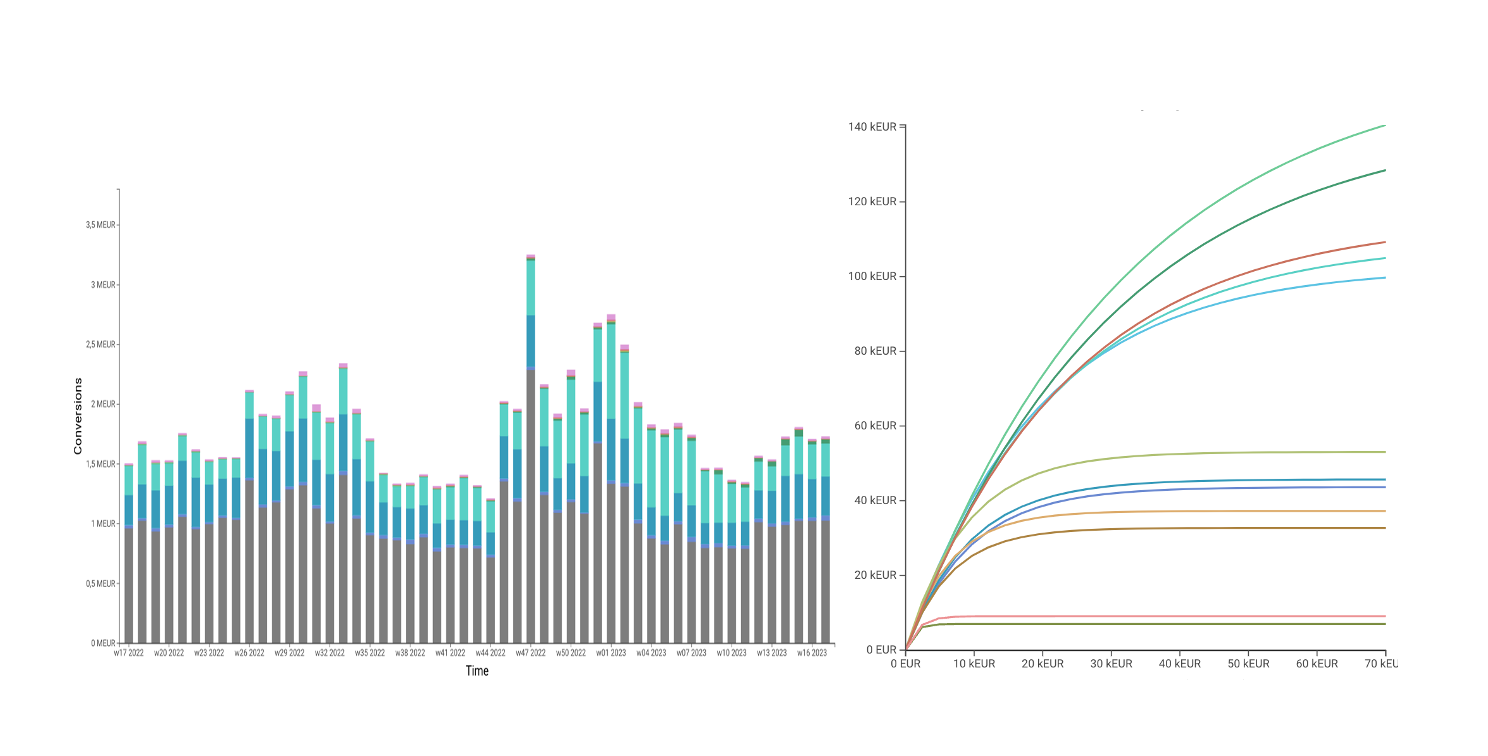
More granular results for performance marketing
For MMM to really work for performance marketers, it needs to go beyond just adding in Baseline and Response Curves or updating results daily if those insights are too broad. Instead, MMM results need to line up with how performance marketing is actually planned.
Since performance marketing is often built around specific campaigns, objectives, bidding strategies, or even ad groups/ad sets, next-generation MMM providers like Sellforte are stepping up to deliver insights at this level of detail. Sellforte also adds value by offering insights into customer segmentation, daily-level data, offline data, and more—giving marketers a complete, actionable view that actually matches how they plan.
Use cases for performance marketing
1. All performance media ROIs / incremental uplifts in one place comparable to each other
MMM is a great tool for understanding how well your ads perform across platforms like Google, Meta, and TikTok, as well as for integrating channels like email, affiliates, programmatic, and more. It shows you the return on investment (ROI) for each type of ad you run, helping you identify which ads are making you money and which ones aren’t as effective. With MMM, it’s easier to decide where to spend your ad budget to get the best results. This approach lets companies see the big picture of their ad performance, helping them spend smarter and boost profits from advertising.
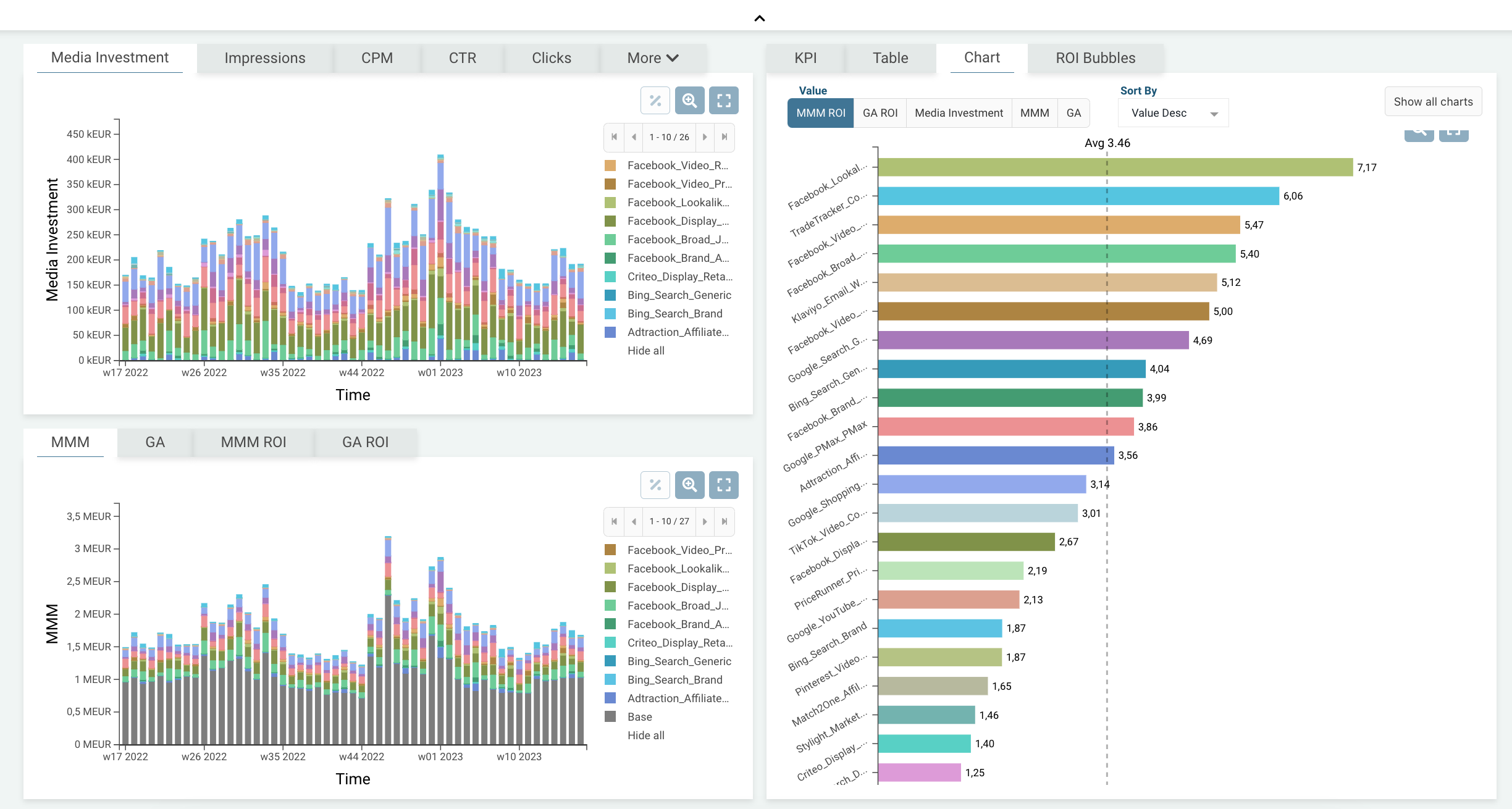
2. Annual / Quarterly planning
MMM is super helpful for planning the year or the next few months by looking at past results to make smarter future decisions. It involves checking out what worked and what didn’t—like which sales strategies were effective—so companies can set better goals and know where to focus their budget and energy. On the Sellforte platform, you can even create different scenarios, choose the best one, and see the ideal media mix for any season.

3. In-channel planning: Campaign objectives
When planning, for example, Facebook ads for the next 12 weeks, MMM can be really helpful. Consequently, you can decide how to split your money between different campaign objectives on Facebook. You can see the results split by:
- Re-targeting
- Re-marketing
- Prospecting
- Brand Awareness
- Lookalike
- …
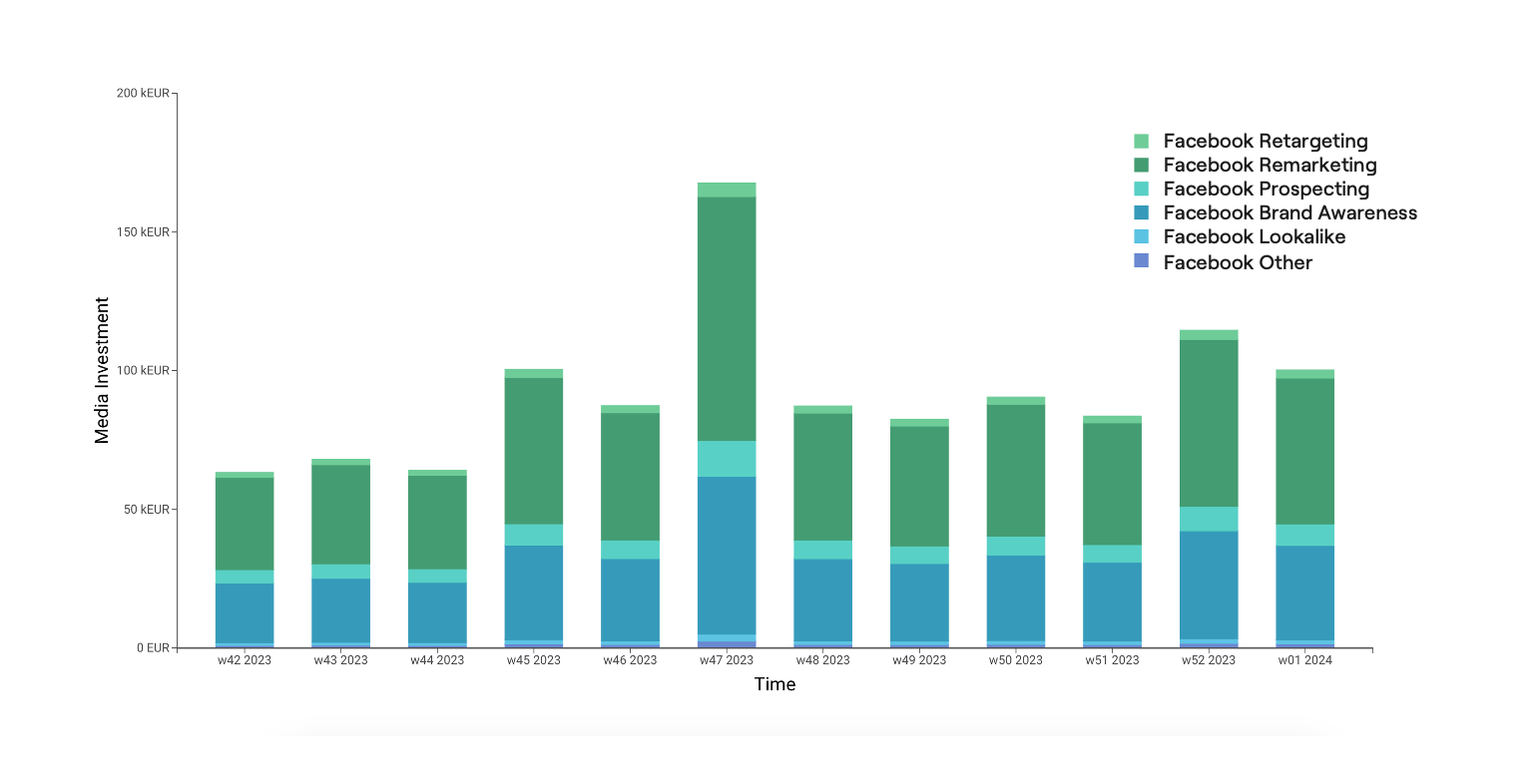
4. Google search optimization
Similarly to Facebook, you can also optimize for example Google Search spend in Sellforte and see the results split by:
- Target cost per action (CPA)
- Target return on ad spend (ROAS)
- Maximize conversions
- Maximize conversion value
- Enhanced cost per click (ECPC)
- …
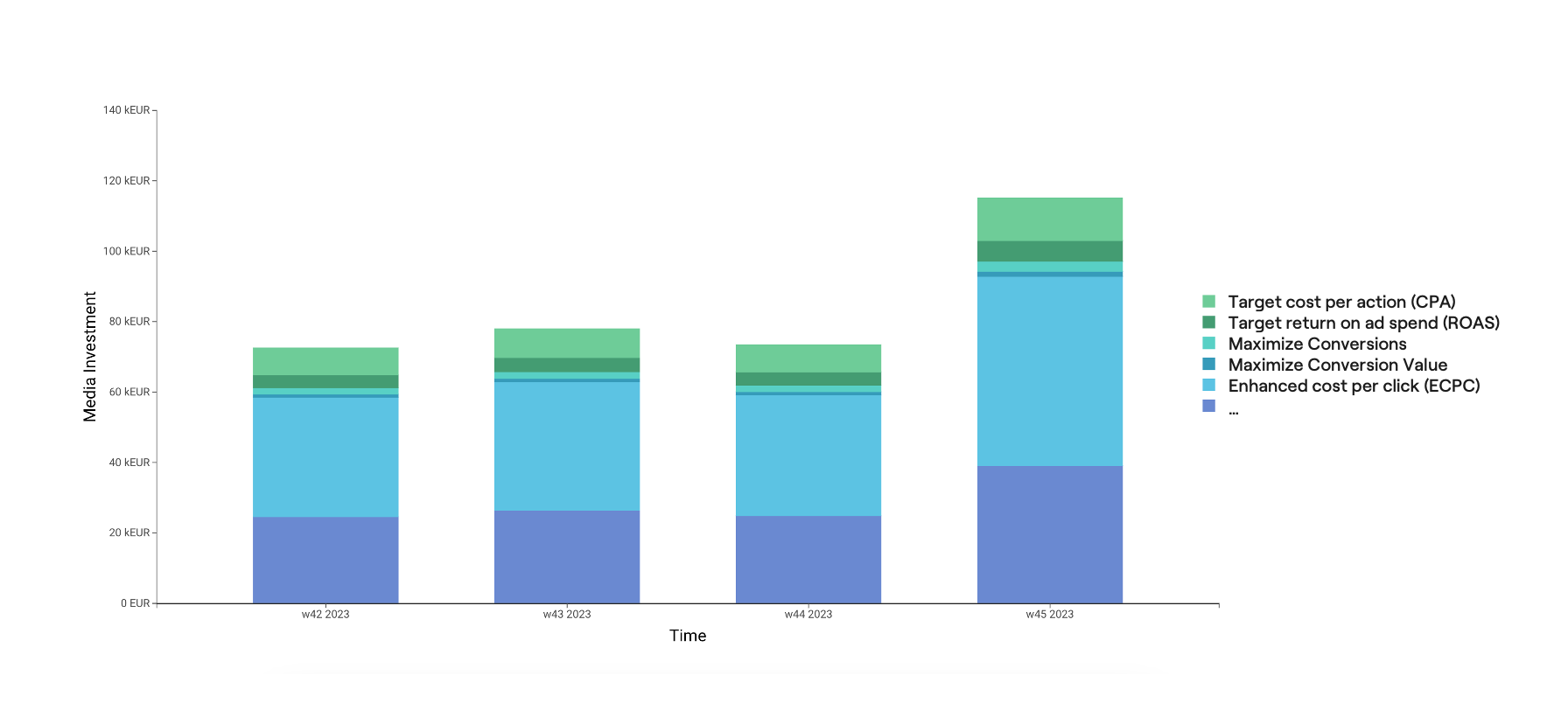
TL;DR / Key takeaways
- Last-click attribution is dead by design and MTA will stop working due to the lack of third-party cookies in the coming years.
- More granular data and daily model updates has helped MMM providers to develop to become more relevant for everyday decision making
- MMM needs to provide the results on a level that the media is planned to be able to be relevant for the media buyer
- MMM superpowers are baseline and response curves
- Sellforte provides lot of use cases to optimize performance marketing
Curious to learn more? Get in touch!

You May Also Like
These Related Stories

How can marketing agencies use MMM platform for media planning? Part 1
What is Marketing Mix Modeling (MMM)? A Complete Guide for Marketers
